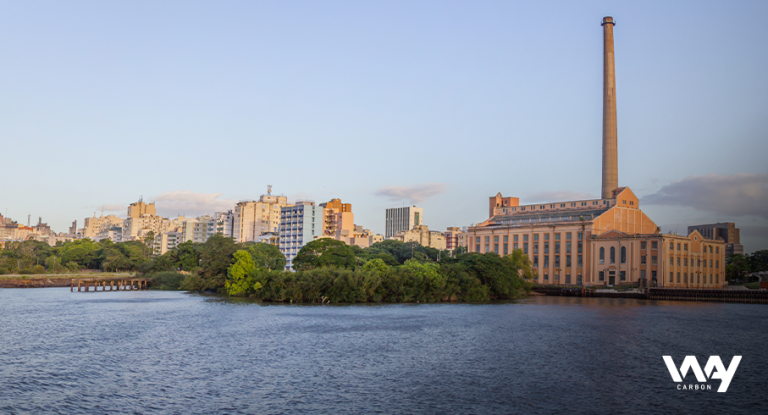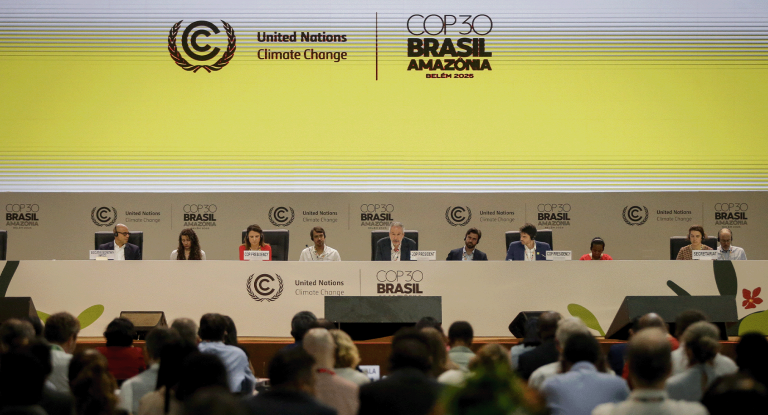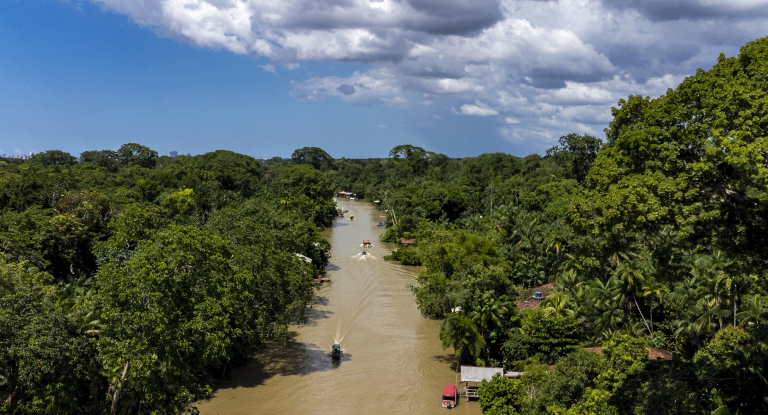How should cities prepare for extreme climate events?

The biggest climate catastrophe in the history of Rio Grande do Sul, Brazil, has been devastating and, unfortunately, it will not be the last for the other territories in the world. According to data from the Civil Defense of Rio Grande do Sul, as of May 26, more than 2,3 million people, in 469 municipalities, were affected. There are already more than 530 thousand homeless citizens and 151 deaths recorded. WayCarbon stands in solidarity with those affected.
Scientific studies are clear: extreme climate events cannot be ignored by governments, companies, and civil society. But, after all, what solutions can we propose to prevent this tragedy from happening again?
Solutions for dealing with extreme climate events
Firstly, we need a good diagnosis with photographs of each city or region, to identify the places most exposed to climate risks. Based on this risk index, a climate action plan must be implemented and monitored under the responsibility of local governments. For each city, there needs to be a specific plan, and the creation of public policies is essential to support the execution of actions.
Among a set of measures that can reduce socio-environmental and economic losses and damages caused by extreme weather events, WayCarbon experts alert public administrators to some: the need to analyze housing occupation close to slopes, rivers and risk areas; creation of urban green corridors; effective management of river basins to guarantee drinking water for the population; new infrastructure with macro-drainage systems, which guarantee drainage and protection against flooding; in addition to education and awareness-raising actions regarding the climate emergency we are experiencing, among other initiatives.
Science’s warnings
The Sixth Report of the Intergovernmental Panel on Climate Change (IPCC), released in 2023, already warned of a large volume of precipitation expected for the southern region of the country in the short, medium and long term. The causes identified were: the intensification of global warming due to human actions and reinforced by natural variability in atmospheric dynamics, such as the El Niño phenomenon and other decadal oscillation phenomena. The combination of these factors, in addition to meteorological events that occurred in the region led to unprecedented consequences throughout the state.
As Climate Risk and Adaptation Manager at WayCarbon, I highlight the relevance of adopting a Climate Action Plan. It is an important instrument in identifying risk areas, climate displaced, adaptation measures, among other axes and cross-cutting themes that need to be taken seriously by public entities.

 EN
EN  ES
ES PT
PT



